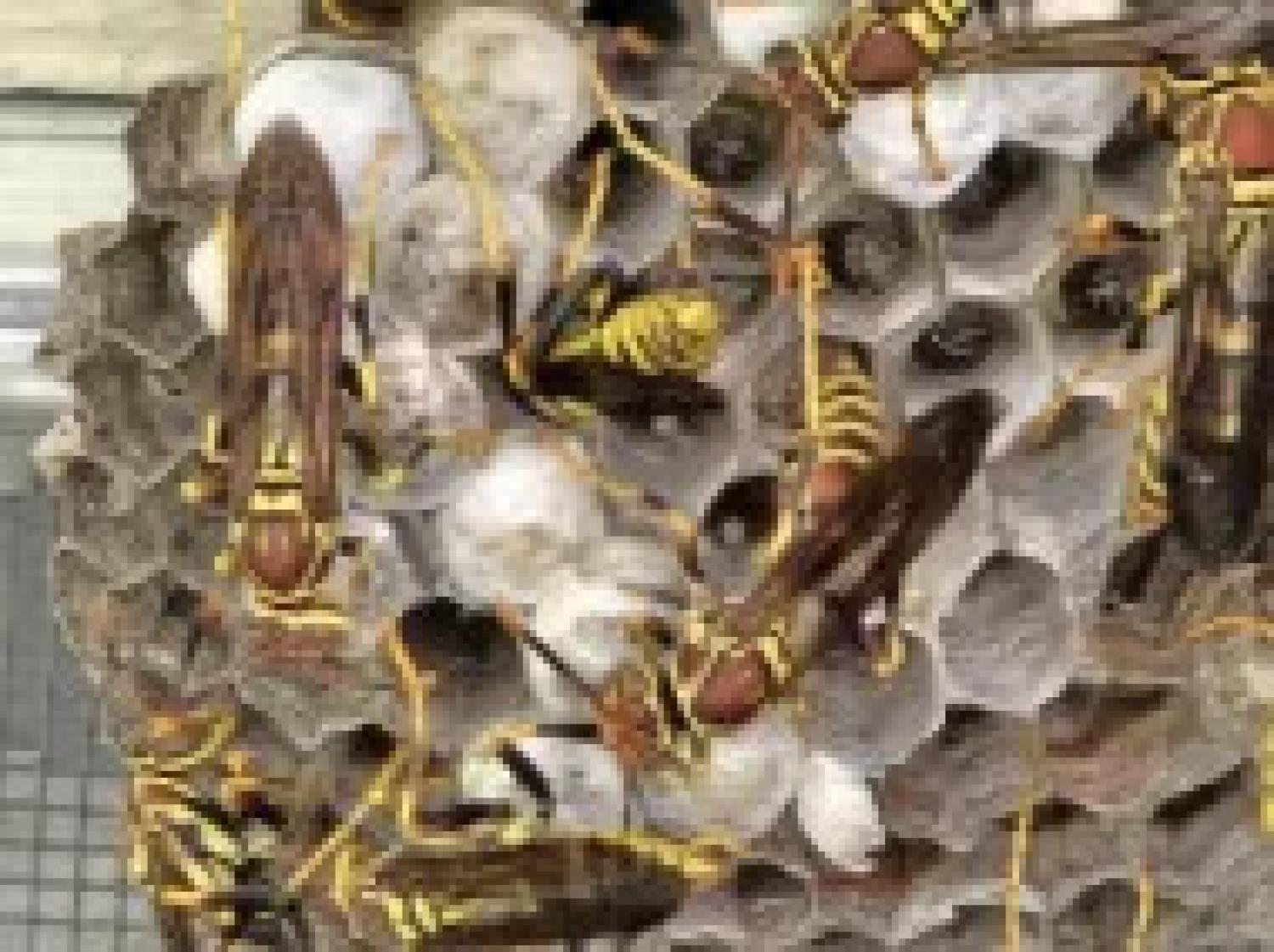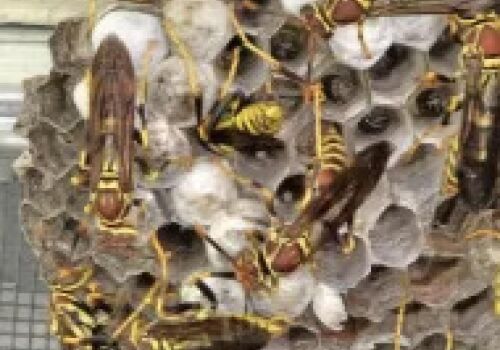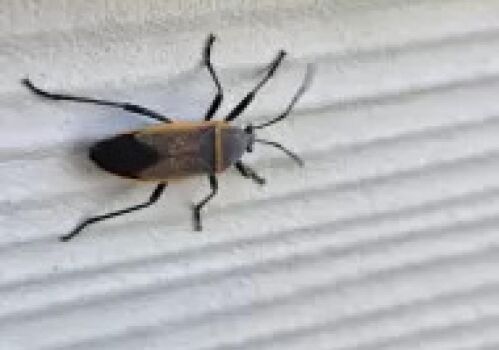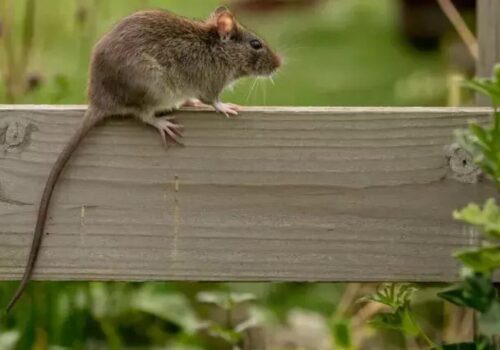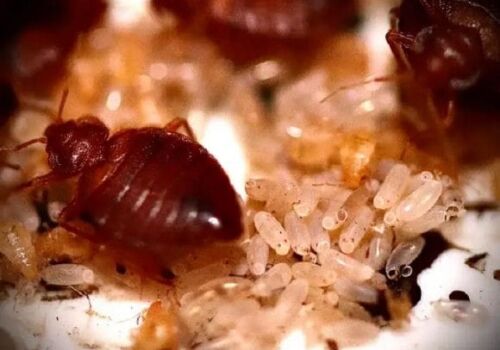What We Learned About Guinea Paper Wasps
Pipers Creek St, San Antonio, TX, US, 78251
Description
1. Introduction to Guinea Paper Wasp
The Guinea Paper Wasp, known scientifically as Polistes Papyrius, is a fascinating species of wasp that plays a crucial role in its ecosystem. With their unique characteristics and behaviors, these wasps contribute significantly to pollination and pest control, making them vital for maintaining ecological balance.
2. Habitat and Distribution
Guinea paper wasps are commonly found in various regions of West Africa, with a particular prevalence in Guinea and neighboring countries. They thrive in warm climates and are often seen in areas with abundant vegetation, where they can find shelter and food.
3. Physical Characteristics
These wasps are medium-sized, typically measuring between 1 to 2 inches in length. They exhibit distinct coloration, generally featuring a combination of black and yellow stripes, which serves as a warning to potential predators. Compared to other wasp species, Guinea paper wasps are relatively slender and have elongated antennae, which enhances their sensory capabilities.
4. Behavior and Social Structure
Guinea paper wasps are social insects known for their intricate nesting habits. They construct their nests using chewed plant fibers mixed with saliva, creating a paper-like texture. The social structure within the colony is quite organized, consisting of queens, workers, and drones—each fulfilling specific roles to ensure the survival and productivity of the colony.
5. Diet and Foraging Strategies
Guinea paper wasps primarily feed on nectar, but they also hunt small insects to provide protein for their larvae. Their foraging strategies include scouting flights and cooperative hunting, which allow them to efficiently gather food while minimizing risk to themselves.
FAQs
1. Where can I find Guinea paper wasps?
You can find Guinea paper wasps in warm climates across West Africa, especially in areas rich in vegetation.
2. How do Guinea paper wasps build their nests?
They construct their nests by chewing plant fibers and mixing them with saliva, forming a paper-like structure.
3. What do Guinea paper wasps eat?
Their diet mainly consists of nectar and small insects that they hunt for protein to feed their larvae.
4. What is the social structure of Guinea paper wasps like?
Guinea paper wasps have a highly organized social structure that includes queens, workers, and drones, each with specific roles within the colony.
5. Why are Guinea paper wasps important to ecosystems?
They play vital roles in pollination and pest control, contributing to the ecological balance in their habitats.</p
Comments
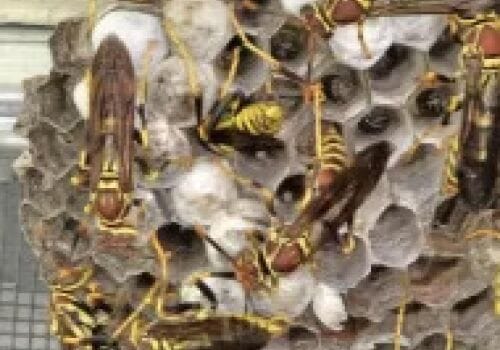
Recent Projects
-
A Closer Look at How Bordered Plant Bugs and Ants Work Together
Pipers Creek St San Antonio, TX, US, 78251


